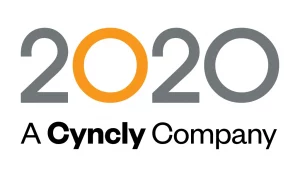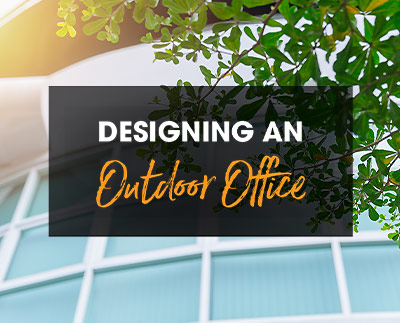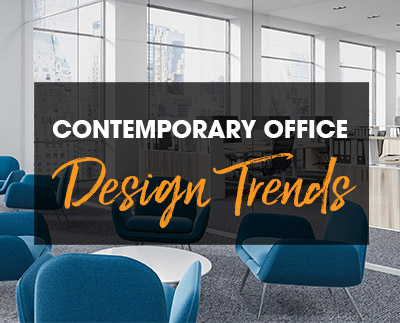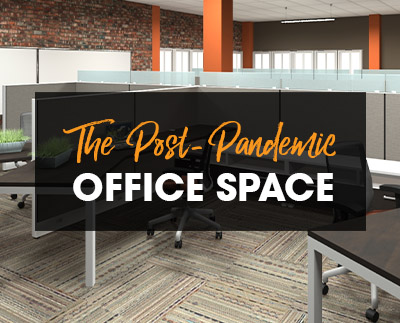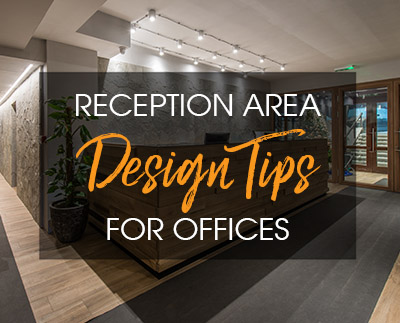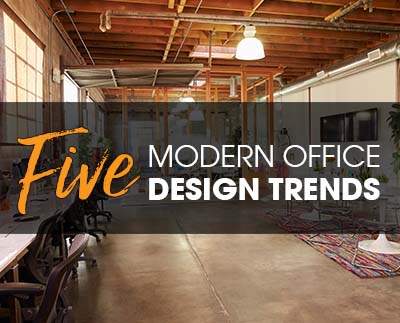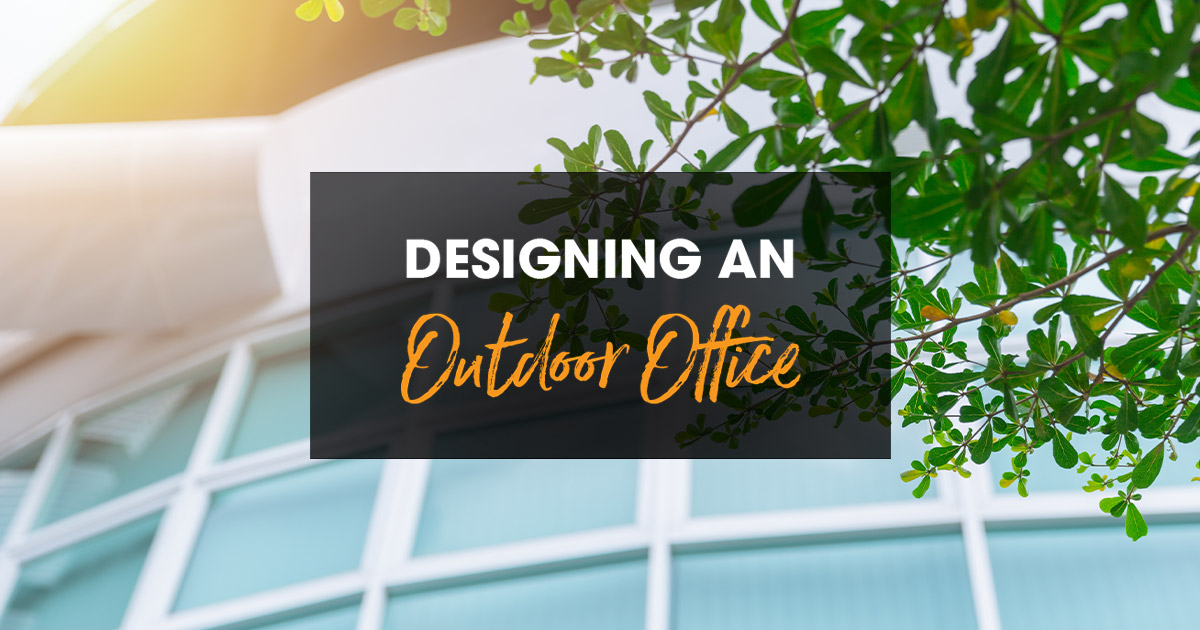
Fresh air is good for you. We all know this - it’s an uncontested truth. Yet we spend most of our days indoors, often in poorly ventilated offices, and for the past year, in our own homes due to the pandemic.
Sure, installing air purifiers around the home or investing in proper building ventilation is a good idea. But businesses are starting to realize the importance of wellness in the workplace, which is why a lot of companies are now opting for a designated outdoor office space.
Designing an outdoor office space can seem like an impossible feat. There are too many unknowns, and the weather is unpredictable.
While this is true, it should not deter you from broadening your office design abilities. If nothing else, COVID-19 has caused a shift in the way we think about workspaces, and offering clients the possibility of designing an outdoor workspace for their employees can be just the thing you need to set your services apart.
Benefits of fresh air in a workplace

Studies have shown that there are various health benefits to being surrounded by fresh air and sunlight. Anywhere from enhancing concentration, reducing stress, boosting creativity and mood, and even improving short-term memory.
When employees are stuck indoors all day, they are breathing in polluted, stale air. This can cause symptoms such as eye irritation, headaches, coughing, and chest tightness. And unsurprisingly, it’s easier for infectious diseases to be transmitted in an office building with poor ventilation.
What better way to get employees to improve their work performance and stay healthy than to give them an outdoor office space where the supply of fresh air and sunlight is unlimited - and free?
Outdoor office space layouts
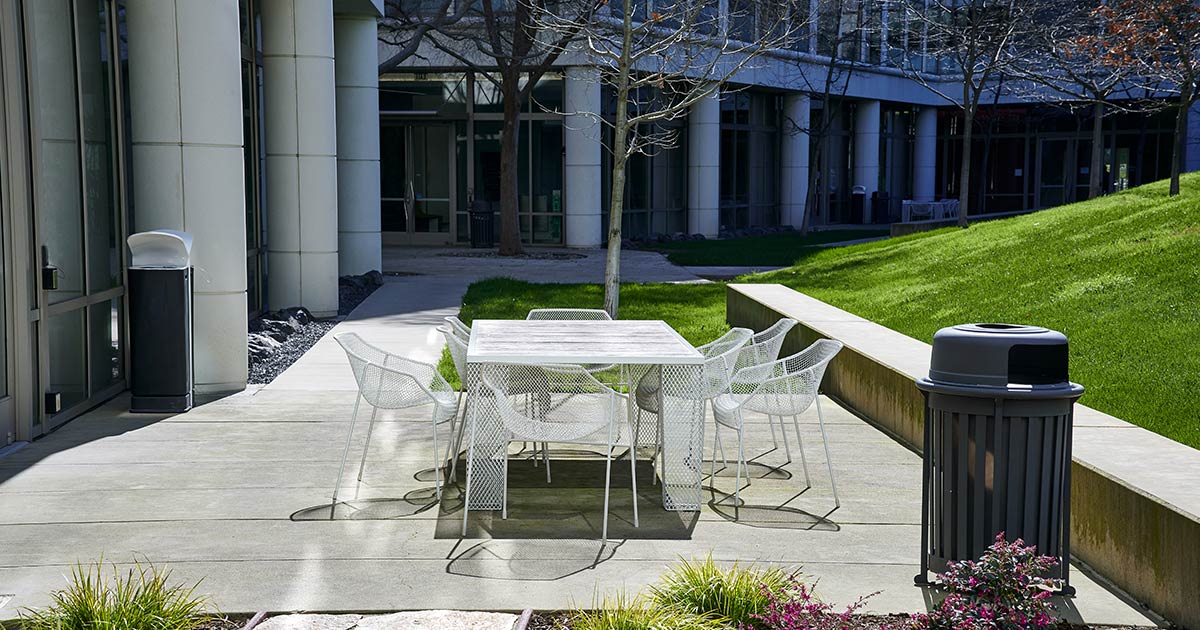
You’ve convinced your client to opt for an outdoor workspace for their employees. Now what?
You need to design a layout that works.
Although it’s unlikely that the entire staff will be working outside at once, you still need to make sure there are enough surfaces and seating to accommodate several workers at any given time. Perhaps suggesting a company-wide survey to your client could help you determine the sort of layout that would work best for their needs (i.e., individual workstations, collaborative workstations, etc.).
Generally speaking, long tables that comfortably seat 6-8 people should do the trick. You can also add a few 1-2 person tables for those who really need to work alone to fully concentrate.
Best materials & fabrics for outdoor furniture
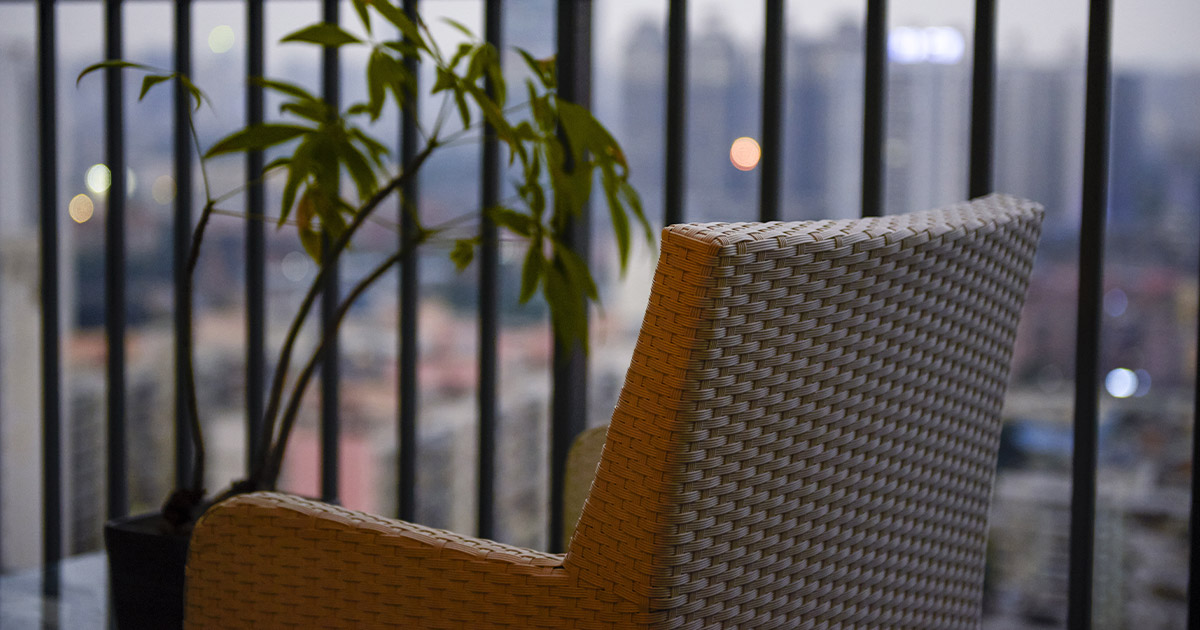
When designing an outdoor office space, you’ll need to choose durable furniture pieces that can withstand the changes in weather.
Here’s a list of some of the best materials and fabrics to use outdoors:
- Stainless steel
- Aluminum
- Hardwood
- Synthetic resin (used to replicate the look of wicker)
- Plastic
- Acrylic fabric
- Polyester
- Polyurethane foam
Outdoor office necessities
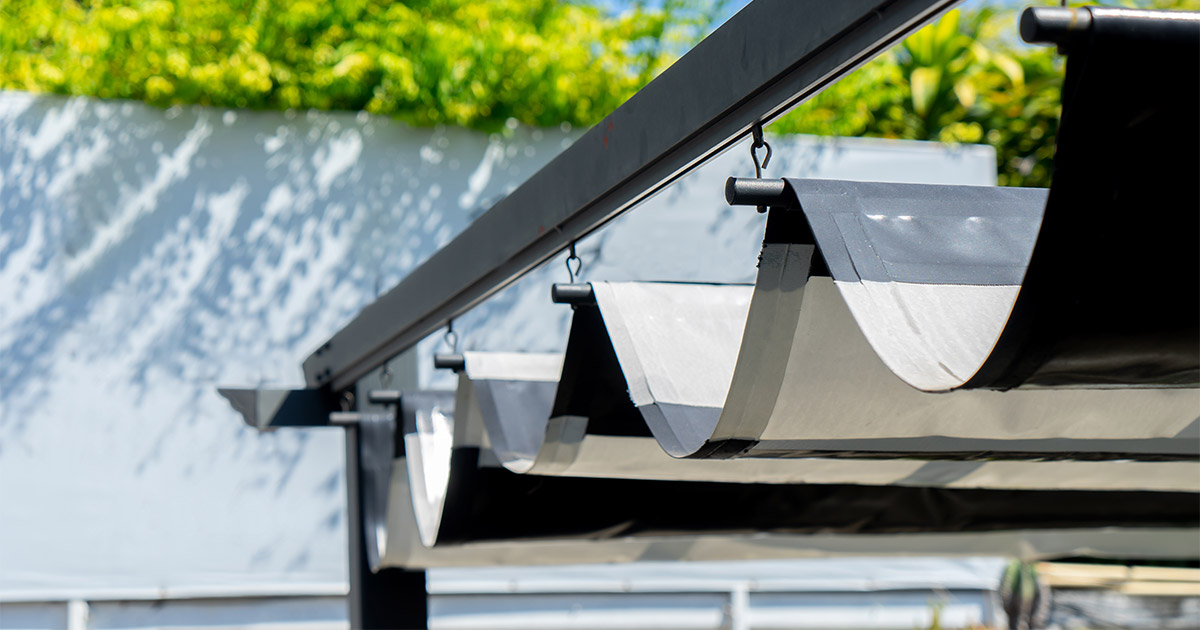
Designing an outdoor workspace comes with its unique challenges. Since employees will most likely only bring their laptops along for the ride, here are some things to consider that are necessary for a successful outdoor office space design.
- Wi-Fi extenders (we’ve all experienced the struggle)
- Plenty of GFCI outlets
- Umbrellas
- Canopies
- Awning
- Pergola
- Heat lamps (for colder climates)
Hybrid office space
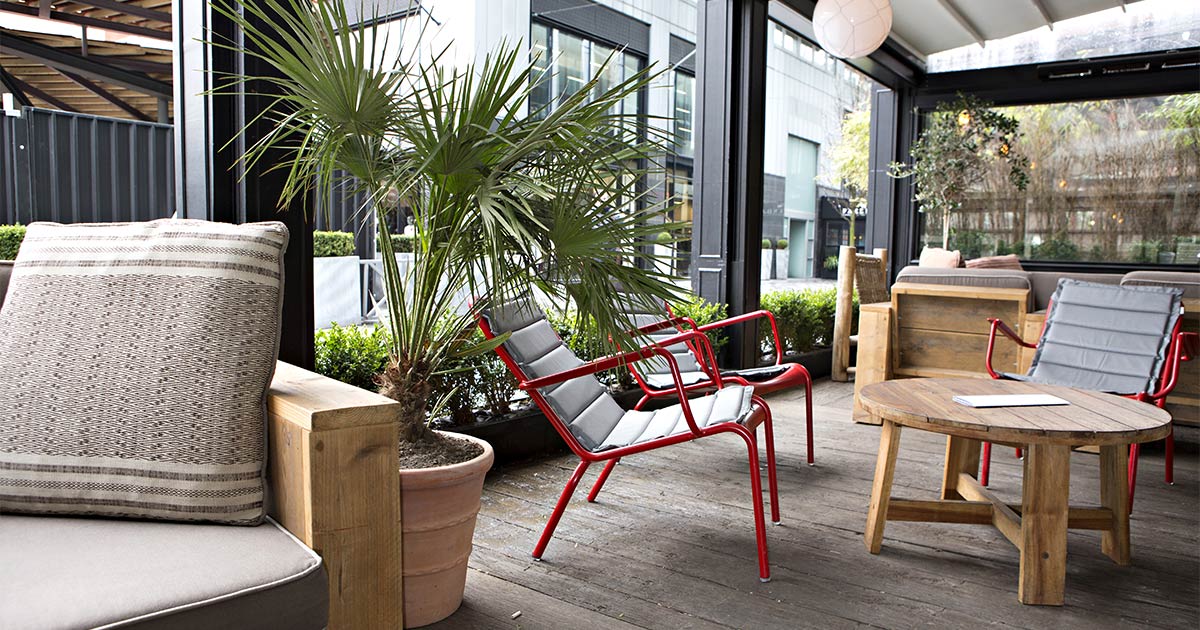
If there isn’t enough outdoor space to work with or if your client isn’t thrilled with the idea of having a fully open-air workspace for their employees, you can suggest a hybrid office space.
How would that work? Easy - well, sort of.
Instead of regular windows, you can opt for floor-to-ceiling sliding glass doors - or even garage doors! These can be left completely open, offering the comfort of the indoors with the health benefits of the outdoors. It can even be connected to a balcony so more employees can enjoy the space.
If it’s not possible for your client to adopt either of these options for their employees, you can always bring the outdoors in. Check out our post on biophilic office design to learn more.
Want more content?
CONTEMPORARY OFFICE DESIGN TRENDS
This eBook covers contemporary office design trends that will boost efficiency and that will cater to today’s workforce.
Related posts
Share this Post
